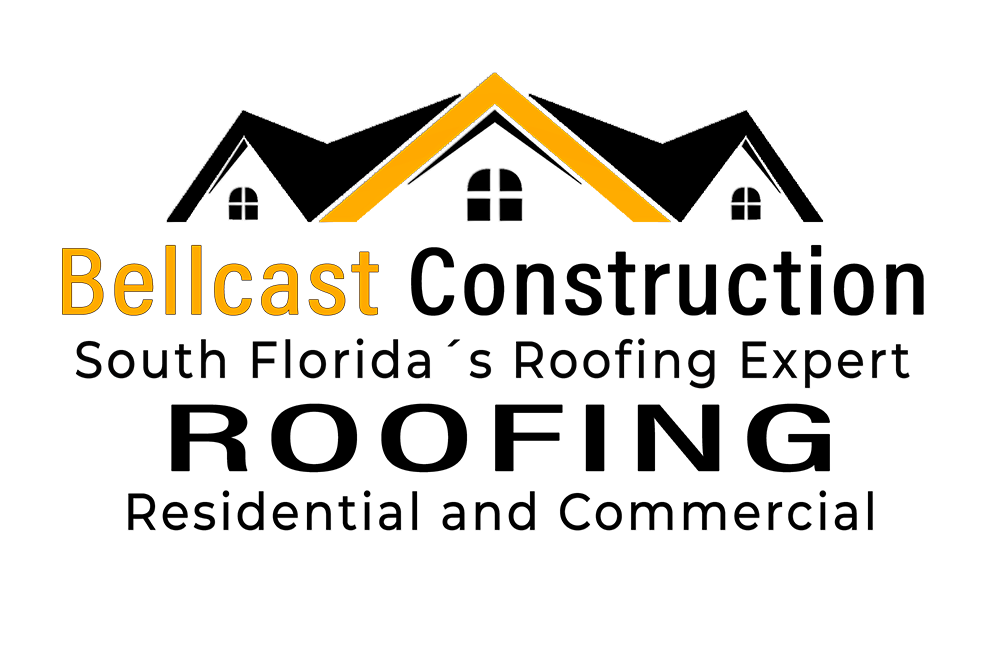Call Us Today!
Call Us Today!
What Is "Hot Mop" On A Roof?
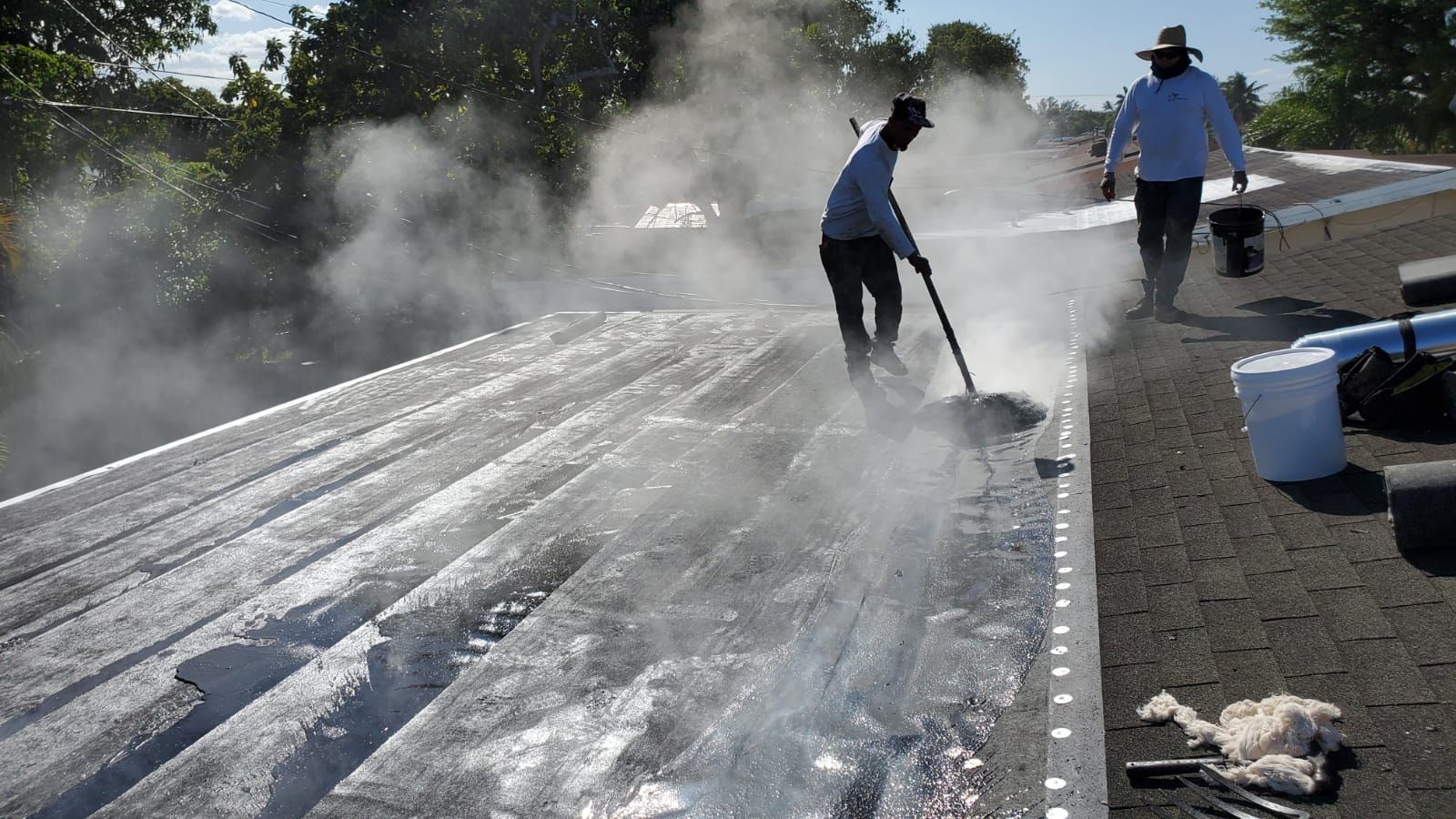
Flat Roof Hot Mop
When it comes to roofing, there are many different techniques and materials that can be used to create a durable and long-lasting roof. One such technique that has been used for decades is the hot mop method.
So, what is a roof hot mop? In simple terms, it is a roofing technique that involves the application of hot asphalt to a roof surface. The asphalt is heated until it becomes a liquid, and then it is applied to the roof using a mop or a squeegee.
The hot mop method has been used for many years because it is an effective way to create a waterproof barrier on a roof. However, it is not a technique that can be used by just anyone. It requires specialized equipment and experienced professionals to ensure that the job is done correctly.
In this article, we’ll take a closer look at the hot mop method, how it works, and the pros and cons of this technique.
How Does the Hot Mop Method Work?
The hot mop method involves the use of hot asphalt to create a waterproof barrier on a roof. The process begins by heating the asphalt until it becomes a liquid. This is typically done using a large kettle or boiler that is capable of heating the asphalt to the appropriate temperature.
Once the asphalt has been heated, it is applied to the roof using a mop or a squeegee. The asphalt is spread evenly over the roof surface, creating a thick layer that will harden as it cools. The process is repeated until the entire roof has been covered with the hot asphalt.
As the asphalt cools and hardens, it creates a waterproof barrier that is able to withstand the elements. This is why the hot mop method has been used for so many years – it is an effective way to create a durable and long-lasting roof. Pros of the Hot Mop Method There are many advantages to using the hot mop method for a roofing project. First and foremost, it is an effective way to create a waterproof barrier on a roof. The hot asphalt is able to seal any cracks or gaps in the roof, preventing water from penetrating the surface and causing damage to the underlying structure.
Another advantage of the hot mop method is that it is a relatively low-cost option when compared to other roofing techniques. The materials required for the hot mop method are relatively inexpensive, and the labor required to complete the job is typically less than other roofing techniques. Additionally, the hot mop method is a tried and true technique that has been used for many years. This means that there is a lot of experience and expertise available when it comes to completing a hot mop roofing project. This can provide peace of mind to homeowners who are looking for a reliable and effective way to protect their home from the elements.
Cons of the Hot Mop Method
While there are many advantages to using the hot mop method for a roofing project, there are also some drawbacks to consider. First and foremost, the hot asphalt used in this technique can be dangerous if not handled correctly. The asphalt is heated to a very high temperature, and it can cause severe burns if it comes into contact with skin.
Another disadvantage of the hot mop method is that it is a messy and time-consuming process. The asphalt must be heated, applied to the roof, and allowed to cool and harden. This can take several hours or even days to complete, depending on the size of the roof and the complexity of the job.
Finally, the hot mop method is not suitable for all types of roofs. It is typically used on flat or low-slope roofs, and it may not be effective on roofs with a steep pitch or complex design.
Conclusion
The hot mop method is a time-tested roofing technique that has been used for many years. It is a cost-effective way to create a durable and waterproof barrier on a roof, and it is a good option for homeowners who are looking for a reliable and effective way to protect their home from the elements. However, it is important to work with experienced professionals when using the hot mop method. The asphalt used in this technique can be dangerous if not handled correctly, and the process can be messy and time-consuming. Additionally, the hot mop method may not be suitable for all types of roofs. Overall, the hot mop method is a good option for homeowners who are looking for a low-cost and effective way to create a waterproof barrier on their roof. As with any roofing project, it is important to work with experienced professionals to ensure that the job is done correctly and safely.
About Us
We are a full-service roofing company. We are licensed and insured as a roofing contractor and roofing company and are passionate about the work we do! We’re not just there to get the job done – we take pride in what we do.
Are You On A Tight Budget And Need Financing For Work On Your Home?

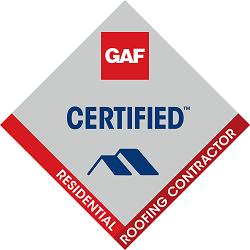
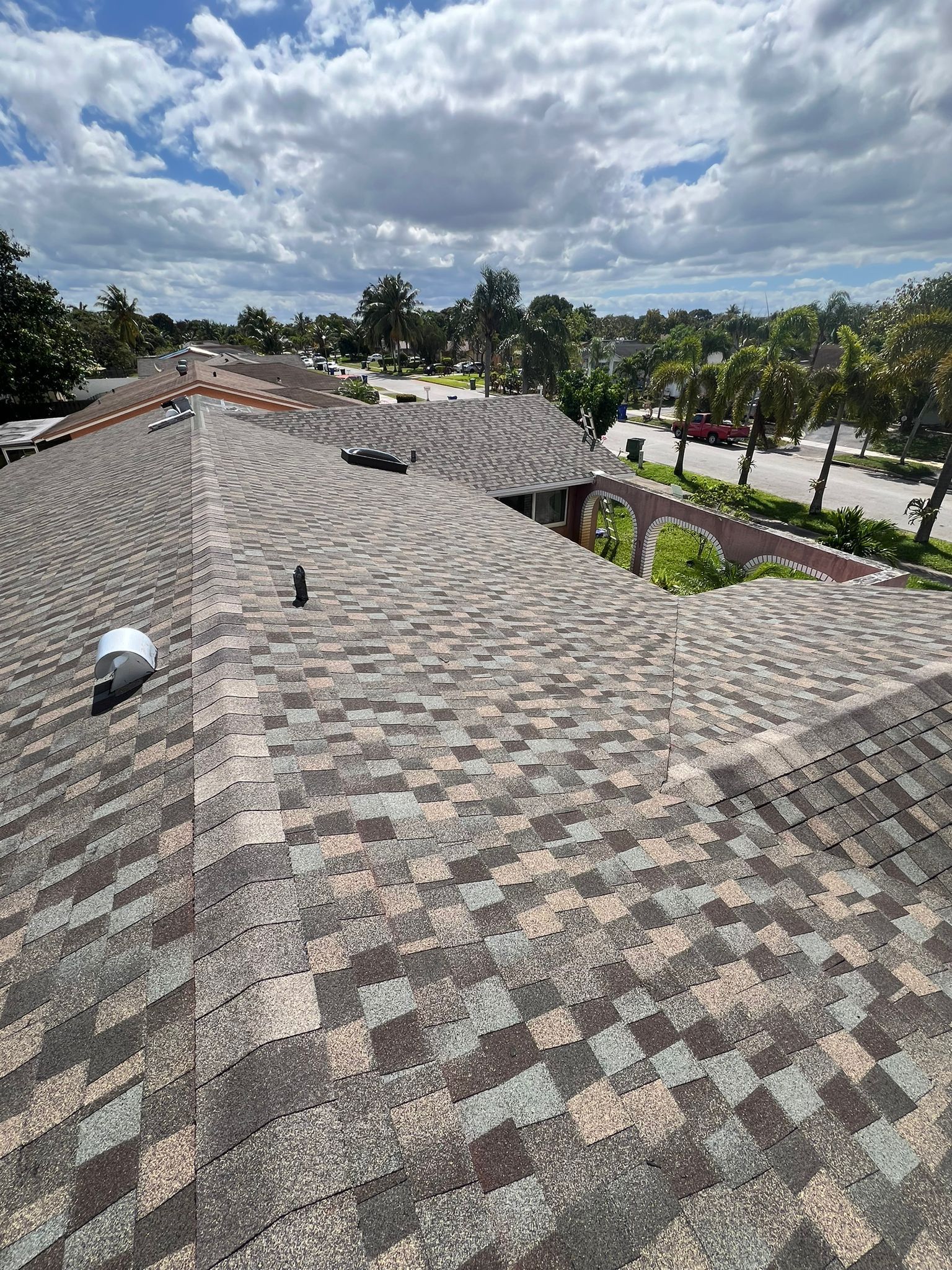

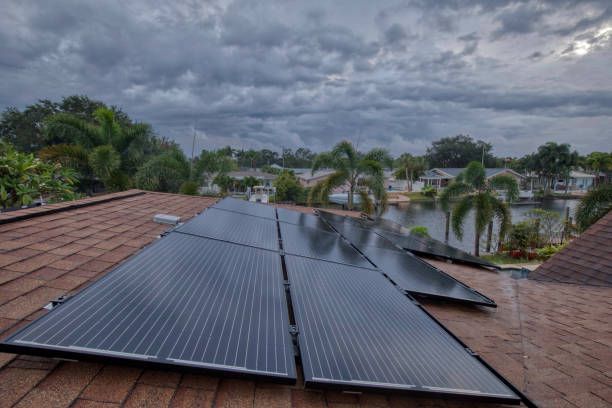
BUSINESS HOURS
Monday - Friday: 7:30 AM- 6:00 PM
Saturday: 10:00 AM- 5:00 PM
Sunday: Closed






